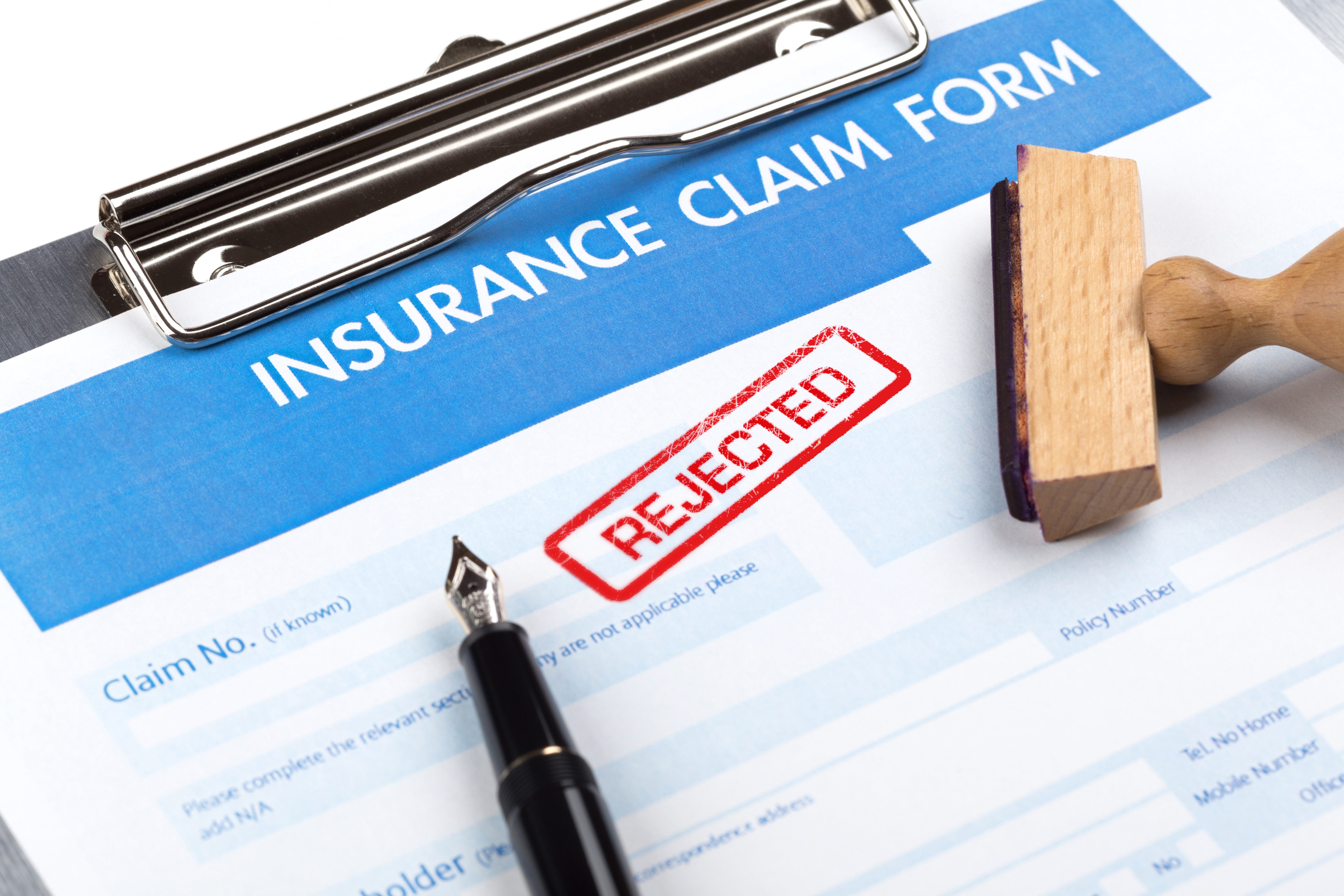Navigating Insurance Claims for Damaged, Excess, and Salvage Inventory

In the realm of business, unforeseen circumstances can often result in damaged, excess, or salvage inventory. When such incidents occur, filing an insurance claim becomes a vital step in recovering losses and minimizing financial setbacks. When it comes to selling excess inventory, you can utilize closeout websites to help move overstock. In this article, we will guide you through the process of putting in an insurance claim for damaged inventory, excess inventory, and salvage inventory, ensuring that you understand the necessary steps and can effectively navigate the claims process. This closeout process will also help you navigate keeping your business running without shutting down operations or having to closeout your warehouse or move warehouses.
1. Assessing Damaged Inventory
When your inventory sustains damage, it is crucial to assess the extent of the loss promptly. Begin by documenting the damage thoroughly, including photographs and written descriptions. This evidence will serve as crucial documentation for your insurance claim for inventory you can no longer sell. It is advisable to involve a professional, such as an independent adjuster, to provide an accurate assessment of the damage and its impact on your business. Damaged inventory ca often be liquidated to overstock buyers and surplus buyers accustomed to handling dead stock and damaged inventory. These companies are buying and selling excess inventory everyday, so they understand what to do with the stock.
2. Reviewing Insurance Policy
Before filing a claim, carefully review your insurance policy to understand the coverage provided for damaged inventory. Pay attention to specific terms, conditions, and exclusions related to inventory losses. Familiarize yourself with the deductible, which is the amount you will have to pay out of pocket before insurance coverage kicks in. Understanding your policy thoroughly will enable you to make informed decisions during the claims process. The insurance company may choose to hold an auction to liquidated the stock, using closeout websites or auction houses.
3. Notifying the Insurance Company
Once you have assessed the damage and reviewed your insurance policy, promptly notify your insurance company about the loss. Most insurance policies require immediate reporting of any incidents to expedite the claims process. Provide accurate and detailed information about the damage, including the date, time, location, and cause of the incident. Failure to report the damage promptly may result in a denial of your claim. Once the insurance companies accepts you claim, it will be their responsibility to sell off the inventory and get rid of any overstock you cannot use. They may use closeout brokers to help with this sale and perhaps will sell directly from your warehouse in an effort to keep you from shutting down operations while they liquidate.
4. Documenting the Claim
To support your claim effectively, maintain a detailed record of all relevant information, including:
a. Inventory records: Provide comprehensive details of the damaged items, such as their descriptions, quantities, values, and purchase dates. This information will assist the insurance company in accurately valuing the losses. You may want to compare costs to what other companies are selling closeout of similar goods for. As an example, you may want to research closeout handbags and overstock toys, if these are the type of products you sell.
b. Financial records: Include invoices, receipts, and financial statements that demonstrate the value of the damaged inventory and its impact on your business. These documents will serve as evidence of the financial loss incurred. When getting rid of inventory like this, you may not recoup all of your costs. It is possible this dead stock will only recoup a percentage of your original cost.
c. Repair estimates: If applicable, obtain repair estimates for damaged inventory. These estimates will help determine the cost of repairs and can be included in your claim.
5. Coordinating with the Insurance Adjuster
Once your claim is filed, an insurance adjuster will be assigned to assess the damage and verify your claim. Cooperate fully with the adjuster, providing access to the damaged inventory and any requested documentation. Be prepared to answer questions and provide additional information as needed. Maintaining open communication and providing timely responses will facilitate the claims process. If some of the product is still salable, you may consider selling it on closeout websites, or having a liquidation sale to your existing accounts.
6. Excess Inventory and Salvage Inventory Claims
Apart from damaged inventory, businesses may also face challenges with selling excess inventory. or salvage inventory. Excess inventory refers to surplus stock that exceeds current demand, while salvage inventory refers to damaged items that can be repaired or sold at a reduced value. When dealing with excess or salvage inventory, follow these additional steps:
a. Inventory evaluation: Accurately assess the excess or salvage inventory, documenting its condition, quantity, and estimated value.
b. Documentation: Gather relevant records, such as invoices, receipts, and inventory lists, to demonstrate the existence and value of the excess or salvage inventory. This does not guarantee that you will get all of your cost back, but it is possible you will liquidate inventory at a percentage of original cost.
c. Claim submission: Submit a separate claim for closeouts, dead stock and excess or salvage inventory, following the same process as for damaged inventory. Provide clear and detailed information, including the reason for excess or salvage inventory, and its impact on your business.
Conclusion
Filing an insurance claim for damaged, excess, or salvage inventory requires a systematic approach and adherence to proper procedures. But doinig so will allow you to keep your warehouse open without shutting down operations while you navigate the process.



